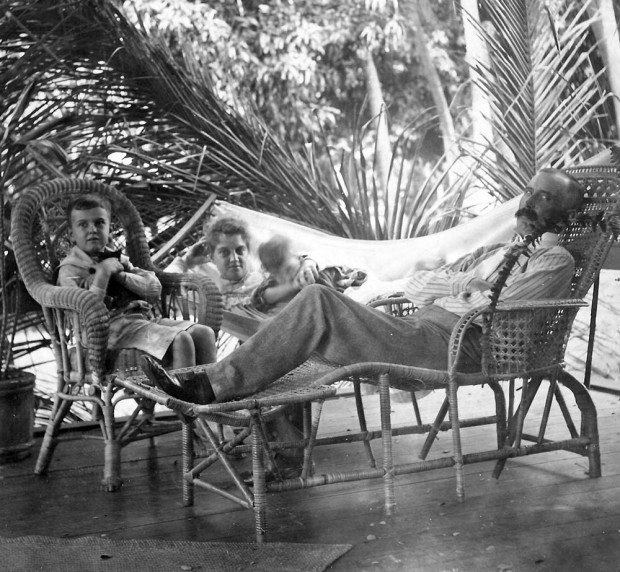Editor’s note: On Friday, the Kaua‘i Museum will celebrate its 50th anniversary. Museum leaders have chosen 50 stories from exhibits, collections and the archives of the museum to share with the public. One story will run daily through Dec. 3.
Editor’s note: On Friday, the Kaua‘i Museum will celebrate its 50th anniversary. Museum leaders have chosen 50 stories from exhibits, collections and the archives of the museum to share with the public. One story will run daily through Dec. 3.
LIHU‘E — West Kaua’i Medical Centers’ KVMH in Waimea has a long history of involvement by the government. It was the first large hospital on Kaua’i with only Queen’s Hospital on O‘ahu to eclipse it.
Prior to its building, doctors had surgeries and maybe a bed, but patients usually stayed at their own homes.
Dugald Campbell M.D., C.M. (Doctor of Medicine and Master of Surgery) from the University of Glasgow, arrived in Honolulu Jan. 9, 1885, aboard the S.S. “Mariposa.”
Dr. Campbell had accepted a position with the Board of Health as government physician for the Kilauea district of Kaua’i.
Following the death of Dr. John Borland in July 1887, Dr. Campbell applied for and received the position of government physician for the Waimea district which included the inhabitants of Ni‘ihau. His salary was $1,500 a year.
For the next 12 years he worked to improve conditions at Waimea and served as the company physician for the nearby plantations as well.
As early as 1893, Dr. Campbell was asking the Board of Health for funds to establish a hospital in Waimea, but there was no money available at that time. He led a drive to raise the money by public subscription for the project.
Two years later the hospital had been constructed, and the Board of Health was then asked for an appropriation for operating the hospital. The Board voted a sum not to exceed $500 a quarter, with the proviso that the hospital be under the Board’s jurisdiction and that indigent Hawaiians be treated free of charge. This was agreed upon, and the hospital opened its doors with Dr. Campbell in charge.
One of the onerous jobs he faced during his time at Waimea was diagnosing leprosy in his patients. At the time they were given a few days to settle their affairs and then shipped to the lepers’ colony on Moloka‘i.
In 1899 he left for London and later returned to his native Arran and died at Lamlash in Nov. 16, 1940, at the age of 82.


